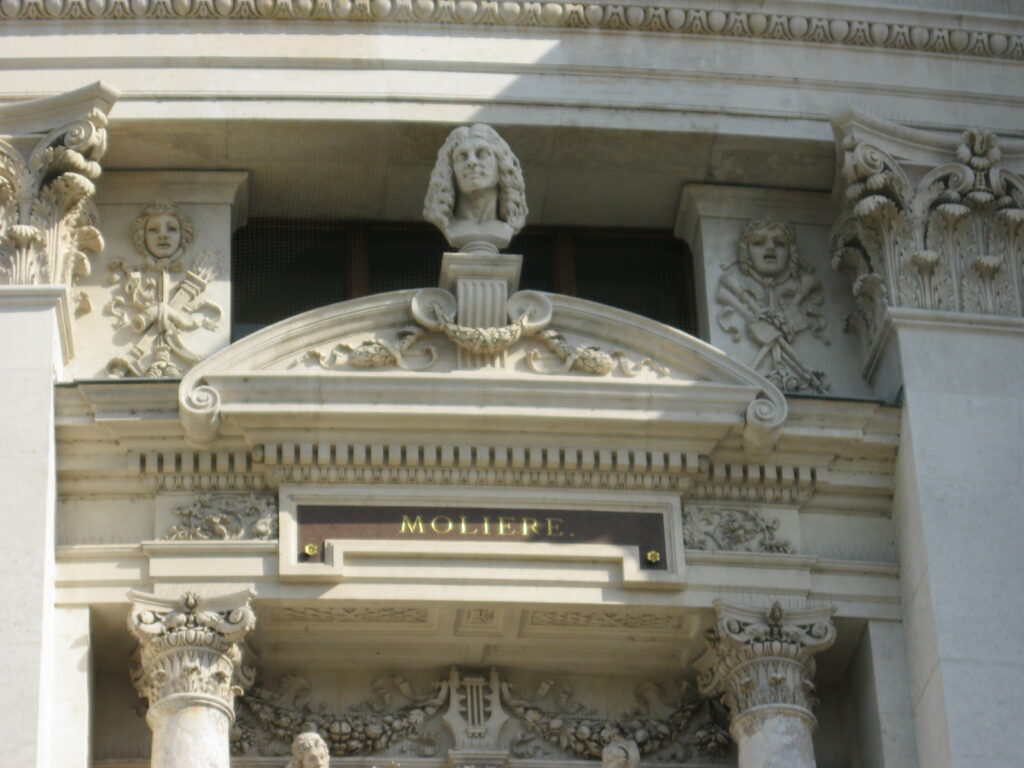
Copyright law is a long and complicated topic, just like any other law. But unlike some other laws, it is extremely easy to break it without meaning to. This post will largely be a breakdown of several relevant copyright types which you might encounter on your long trek through the arid wasteland we call the Internet.
In general, most material that exists come with the standard “don’t touch me” type of copyright. This includes anything which costs money (with a few bizzare exceptions), most works of art (when not posted on social media platforms with copyright circumvention clauses), and, in fact, essentially everything, unless stated otherwise. Usually this comes with a warning label such as “all rights reserved,” but the absence of any label doesn’t imply the absence of any threat. These works can still be used, in some cases, defined in part III of the Canadian Copyright Act. These cases being: research, private study, education, parody or satire, criticism, and news reporting. Even in those cases, be sure to only use the minimum amount required, and give a proper citation.
Apart from those earlier materials, though, there are some that use the Creative Commons or other similar licensing strategies. These licenses are used to give other people more rights in terms of using works, with the exact degree of use being decided by which creative commons license is used. These vary from allowing free use for whatever purpose a user wishes, to only being able to freely view something. There are other similar licenses, such as the GNU public license, which is commonly used for software.
The distinction is important when using online and offline materials, since other people’s work should be respected, in addition to the fact that misuse can have negative effects ranging from a moderate inconvenience to losing a substantial amount of money. Overall, copyright serves the valuable purpose of protecting our work from use by bad actors who would use it in ways which we don’t want, and the option to give options on how exactly something can be used is a great benefit to the world at large.